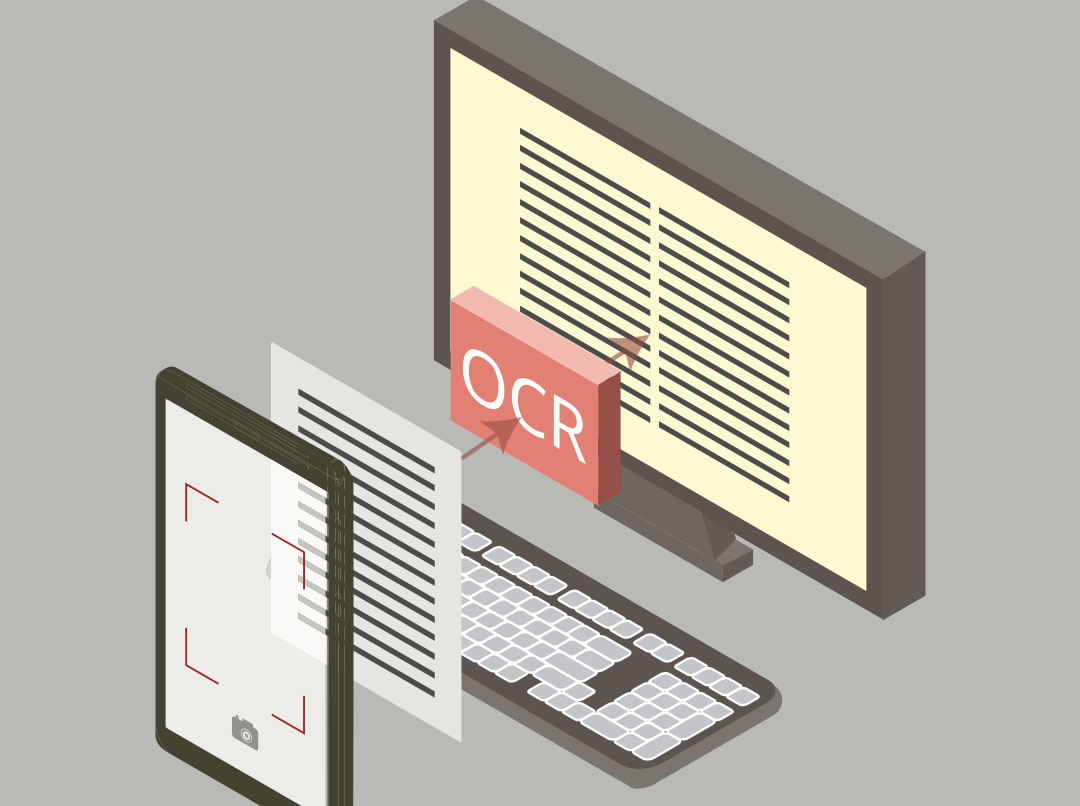Is OCR Outdated?
Optical Character Recognition (OCR) technology has a long history dating back to WWI when Emanuel Goldberg developed the Statistical Machine, the first electronic method of storing and retrieving business records. In the 1970s, OCR technology advanced to recognize text in almost every font. In the early 2000s, OCR became a cloud-based service. While it has a long and impressive history, it lacks the intelligence of the modern era - Artificial Intelligence (AI). Today, OCR is a subset of Intelligent Document Capture (IDC) solutions that elevate OCR capabilities with AI innovations. In this guide, we delve deeper into OCR's journey and the enhanced world of IDC solutions.
Historical Evolution of OCR
The origins of OCR lie in the early 20th century when businesses sought efficient ways to manage and store data. From rudimentary data storage to cloud-based services, OCR has continuously evolved. OCR's journey mirrors technological advancements over the decades, from simple character recognition to more advanced forms of "intelligent OCR software" with AI components.
What are the common advantages of OCR?
Traditional OCR technology, despite its limitations, has endured for decades due to its core benefits:
- Rapid processing, conversion, and digitization of paper documents
- Cost-effectiveness compared to manual data entry
- Speedier operations than manual methods
What are the common disadvantages of OCR?
Although OCR technology has laid the groundwork for many modern solutions, standalone OCR systems present challenges in contemporary tech environments:
Limited Capabilities
Traditional OCR systems have specific strengths but are constrained in their operational scope. These systems often require additional steps or software for optimal functionality. A classic example is the alignment and orientation requirement of most OCR systems. Consequently, images captured by devices like smartphones or cameras might need adjustments before processing. Furthermore, deciphering handwritten text remains a significant hurdle for standard OCR solutions.
Lack of Accuracy
While OCR has made notable strides in accuracy over the years, limitations persist. The absence of "OCR artificial intelligence" components means that traditional OCR systems may falter when processing skewed images or those with blurs, glares, or complex backgrounds. Incorporating AI and Machine Learning (ML) can elevate accuracy levels to meet today's business standards.
Not User-Friendly
Legacy OCR systems, integral as they might be, often come with dated user interfaces lacking modern user-centric features. Transitioning to more intuitive systems can significantly improve user experiences and operational efficiency.
Not Self-Learning
Unlike advanced "intelligent OCR software" backed by AI, traditional OCR solutions lack the ability to self-learn from user inputs or feedback. This limitation implies that businesses may need to invest more time and resources to ensure data accuracy and maintain extraction structures.
Should you replace your OCR software?
If your operations rely solely on traditional OCR, exploring advanced IDC solutions with "ocr artificial intelligence" components can unlock a host of benefits:
- Minimized human intervention in document processes
- Accelerated document processing cycles
- Enhanced document quality and accuracy
- Unified, consistent processing methods
Is Intelligent Document Capture (IDC) a better solution?
The debate between OCR and IDC isn't about one being superior to the other. IDC is an umbrella process that encompasses various technologies, including OCR. While OCR focuses on character recognition, IDC, with the aid of "ocr artificial intelligence" and Machine Learning, provides a holistic approach to document and data capture, management, and distribution.
When comparing OCR with IDC, it's evident that the latter offers a broader range of capabilities, extending beyond mere character recognition. IDC leverages AI and ML to comprehensively capture, analyze, and distribute data, making it a superior choice for businesses seeking advanced document processing solutions.
Experience the power of automation like never before with our DeskConnect / Desktop Automation Driver from a company that has been an innovator in this technology for over 30 years. We invite you to explore its capabilities with a complimentary 30-day trial. After the trial period, continue to enjoy the benefits of our technology at a nominal rate of $29 per month per user.
To get started, choose from one of our three try for free platforms:
-
FabSoft Direct: Download and try directly from the product page.
-
Microsoft App Source: A convenient platform that allows you to purchase our product with just a few clicks using your credit card.
-
Microsoft Marketplace: Seamlessly use your Azure subscriptions center to acquire our product.
For any queries or assistance, don't hesitate to contact us. We're here to help you make the most of your automation journey.


